Total Volatile Base Nitrogen (TVB-N) as an Indicator of Seafood Quality
By. Najih - 02 Oct 2025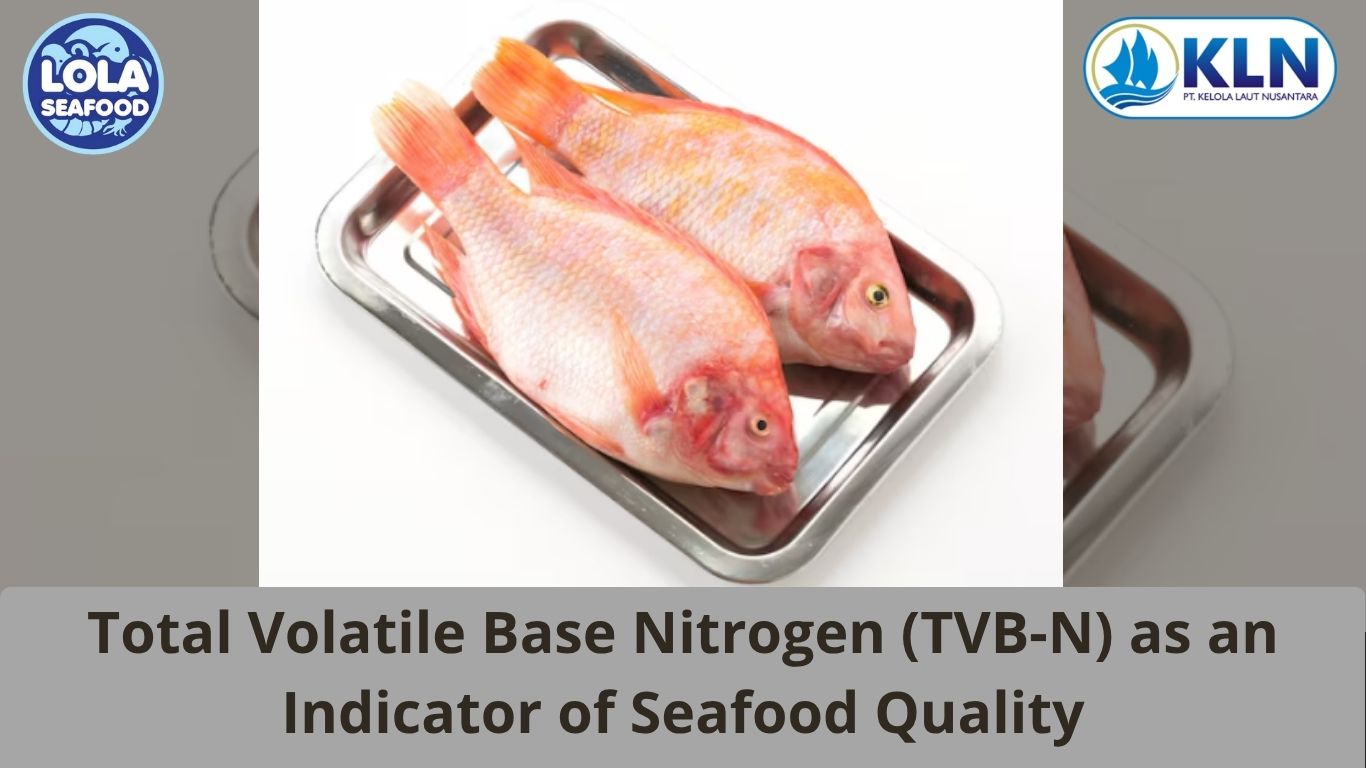
Kelolalaut.com Seafood is one of the most perishable food commodities, prone to rapid spoilage due to its high moisture content, enzymatic activity, and susceptibility to microbial growth. To ensure consumer safety and maintain product quality, reliable indicators of freshness are essential in the seafood industry. One of the most widely used chemical parameters for this purpose is Total Volatile Base Nitrogen (TVB-N). Measuring TVB-N provides valuable information on the degree of spoilage and overall acceptability of seafood products, making it a critical tool for processors, regulators, and researchers.
What is TVB-N?
Total Volatile Base Nitrogen (TVB-N) refers to a group of volatile nitrogenous compounds—primarily ammonia, trimethylamine (TMA), and dimethylamine (DMA)—that are produced during the breakdown of proteins and non-protein nitrogen compounds in fish muscle. These compounds are generated through two main processes:
- Enzymatic activity: Endogenous enzymes in fish tissues contribute to protein degradation, releasing amino acids and nitrogenous compounds.
- Microbial action: Spoilage bacteria such as Shewanella putrefaciens and Pseudomonas species metabolize nitrogenous substrates, producing volatile bases as by-products.
The concentration of TVB-N increases progressively as seafood spoils, making it a reliable indicator of freshness loss and microbial deterioration.
Importance of TVB-N in Seafood Quality Control
TVB-N is recognized globally as a key parameter in seafood quality assessment for several reasons:
- Freshness indicator: Low levels of TVB-N are associated with freshly caught seafood, while higher levels indicate spoilage.
- Safety assurance: Excessive TVB-N values may signal microbial proliferation that could pose health risks to consumers.
- Regulatory compliance: Many international food safety authorities, including the European Union, set maximum TVB-N limits for seafood products. For example, a value of 25–35 mg nitrogen/100 g of fish muscle is often used as the threshold for acceptability.
- Trade and consumer trust: Objective TVB-N measurements help maintain product quality in international seafood trade, where freshness standards are critical for market competitiveness.
Factors Affecting TVB-N Levels
Several factors influence the rate of TVB-N accumulation in seafood:
- Species: Different species exhibit different baseline levels and rates of increase in TVB-N. For instance, fatty fish such as mackerel and herring often show faster spoilage and higher TVB-N levels compared to lean fish like cod or haddock.
- Storage conditions: Temperature plays the most significant role. Fish stored at ambient temperature develops high TVB-N within hours, while refrigerated storage delays accumulation. Freezing slows but does not completely stop the formation of volatile nitrogen compounds.
- Initial quality of raw material: Fish that is harvested, handled, and chilled properly has lower initial microbial loads, resulting in slower TVB-N increases. Conversely, poor handling accelerates spoilage.
- Processing and preservation methods: Modified atmosphere packaging (MAP), vacuum sealing, and the use of natural preservatives can slow microbial growth, reducing TVB-N formation and extending shelf life.
Methods of Determination
Several analytical methods are available to measure TVB-N:
- Microdiffusion technique (Conway method): A classical approach based on diffusion of volatile bases into an acid solution, followed by titration.
- Distillation methods: Steam distillation separates volatile bases, which are then quantified by titration.
- Instrumental techniques: Modern approaches such as gas chromatography or automatic distillation units provide more precise, rapid, and reproducible results.
Although traditional methods remain widely used, newer techniques are increasingly preferred for their accuracy and suitability for routine quality control in seafood processing facilities.
Limitations of TVB-N
TVB-N is a valuable freshness indicator, it is not without limitations. Different species may show variable TVB-N accumulation patterns, and in some cases, sensory changes (such as odor and texture) may occur before the TVB-N threshold is exceeded. Therefore, TVB-N is best used in combination with other quality assessment methods, such as sensory evaluation, microbiological testing, and measurements of related compounds like trimethylamine (TMA).
Total Volatile Base Nitrogen (TVB-N) is a critical chemical indicator in seafood quality assurance, reflecting protein degradation and microbial spoilage. By measuring TVB-N, the seafood industry can assess freshness, ensure regulatory compliance, and safeguard consumer trust. Although not perfect on its own, TVB-N remains one of the most reliable and widely used parameters for monitoring seafood quality during storage, processing, and distribution. As global demand for safe and high-quality seafood continues to rise, the role of TVB-N in maintaining product integrity will remain indispensable—serving as both a scientific tool and a benchmark for consumer confidence.
If youre interested in our Sweetlips Fillet Skin On , Sweetlips Fillet Skinless and Sweetlips Whole Round / Whole Gilled Gutted Scaled please do not hesitate to contact us through email and/or Whatsapp
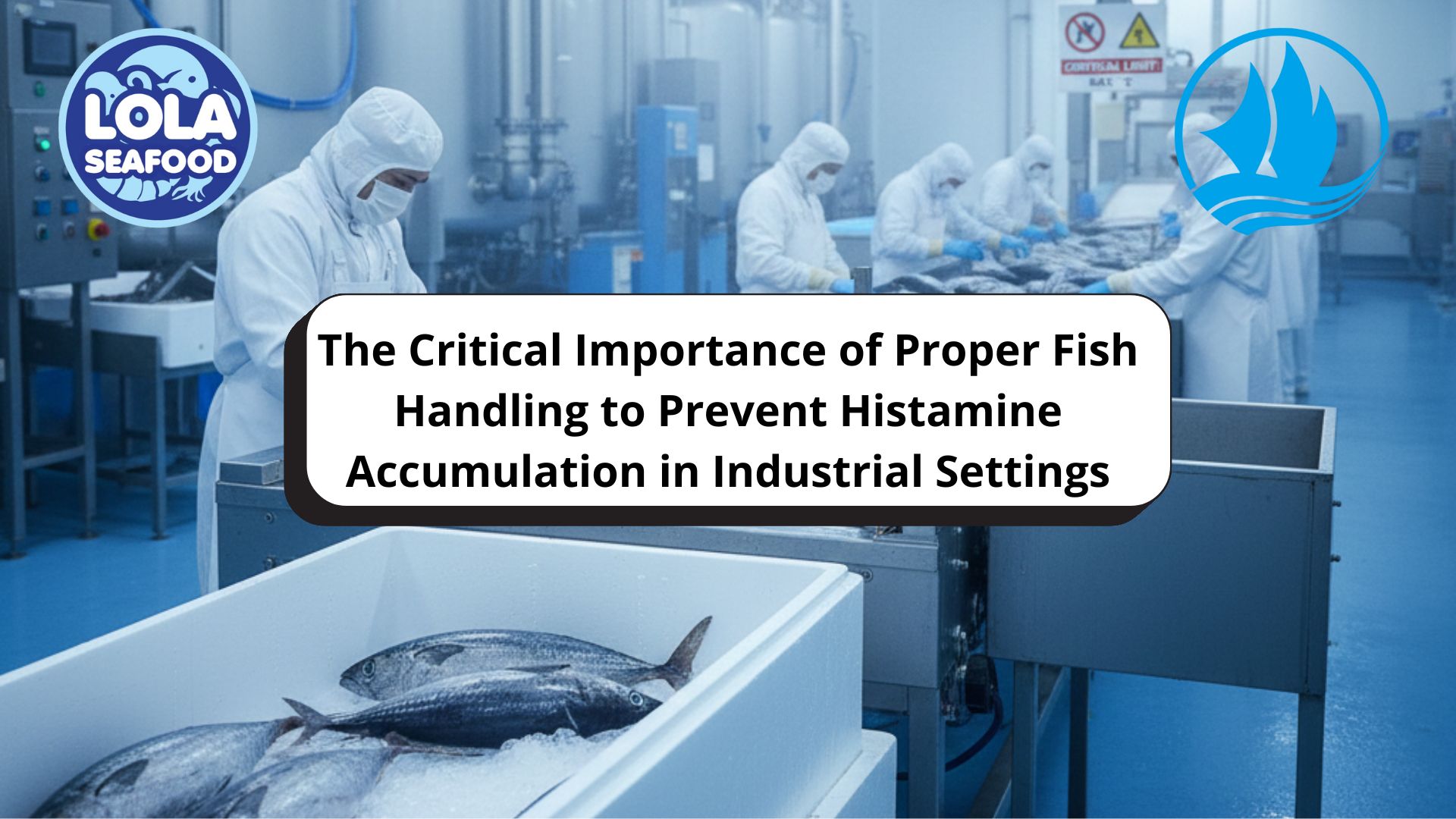
The Critical Importance of Proper Fish Handling to Prevent Histamine Accumulation in Industrial Settings
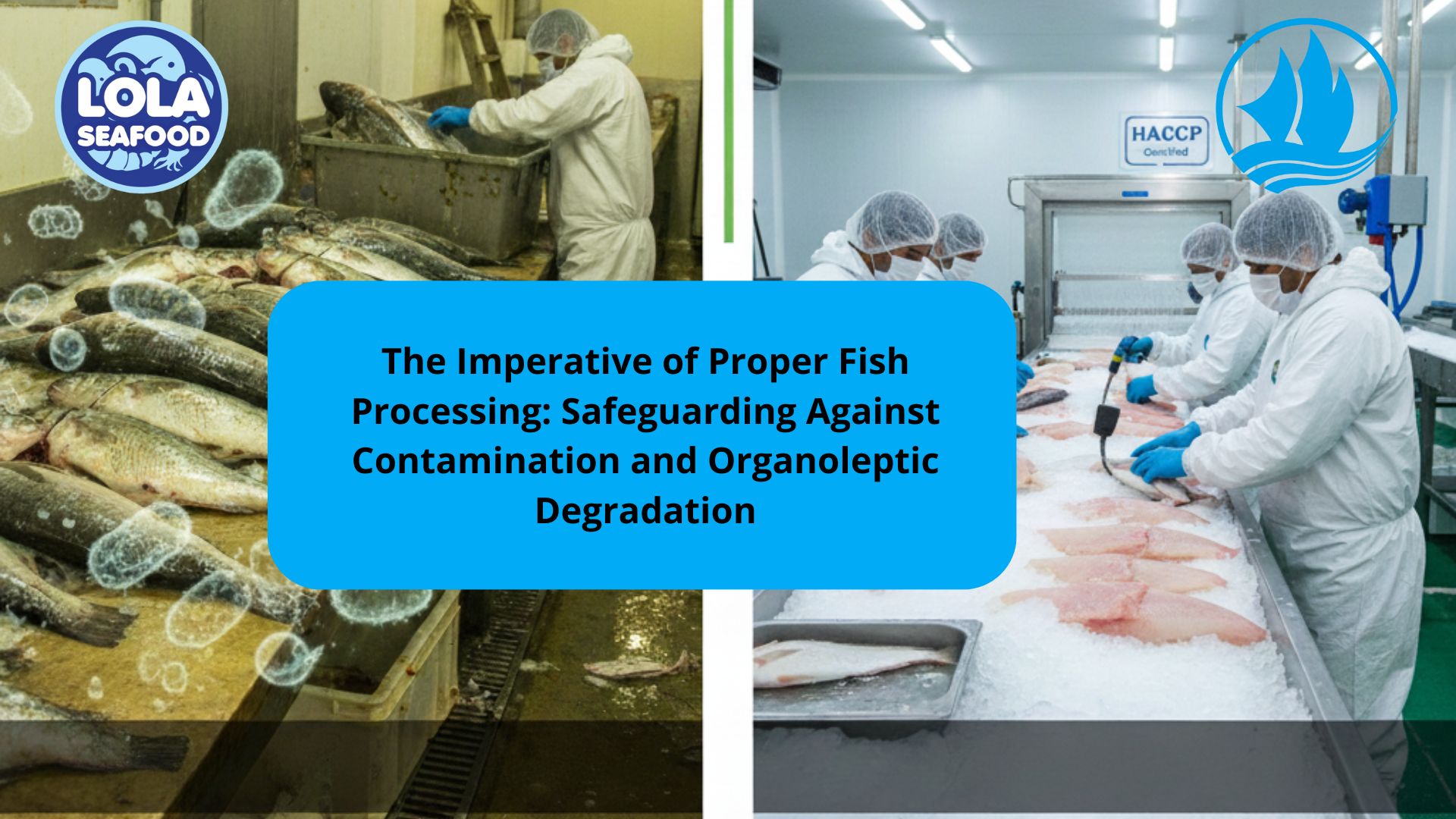
The Imperative of Proper Fish Processing: Safeguarding Against Contamination and Organoleptic Degradation
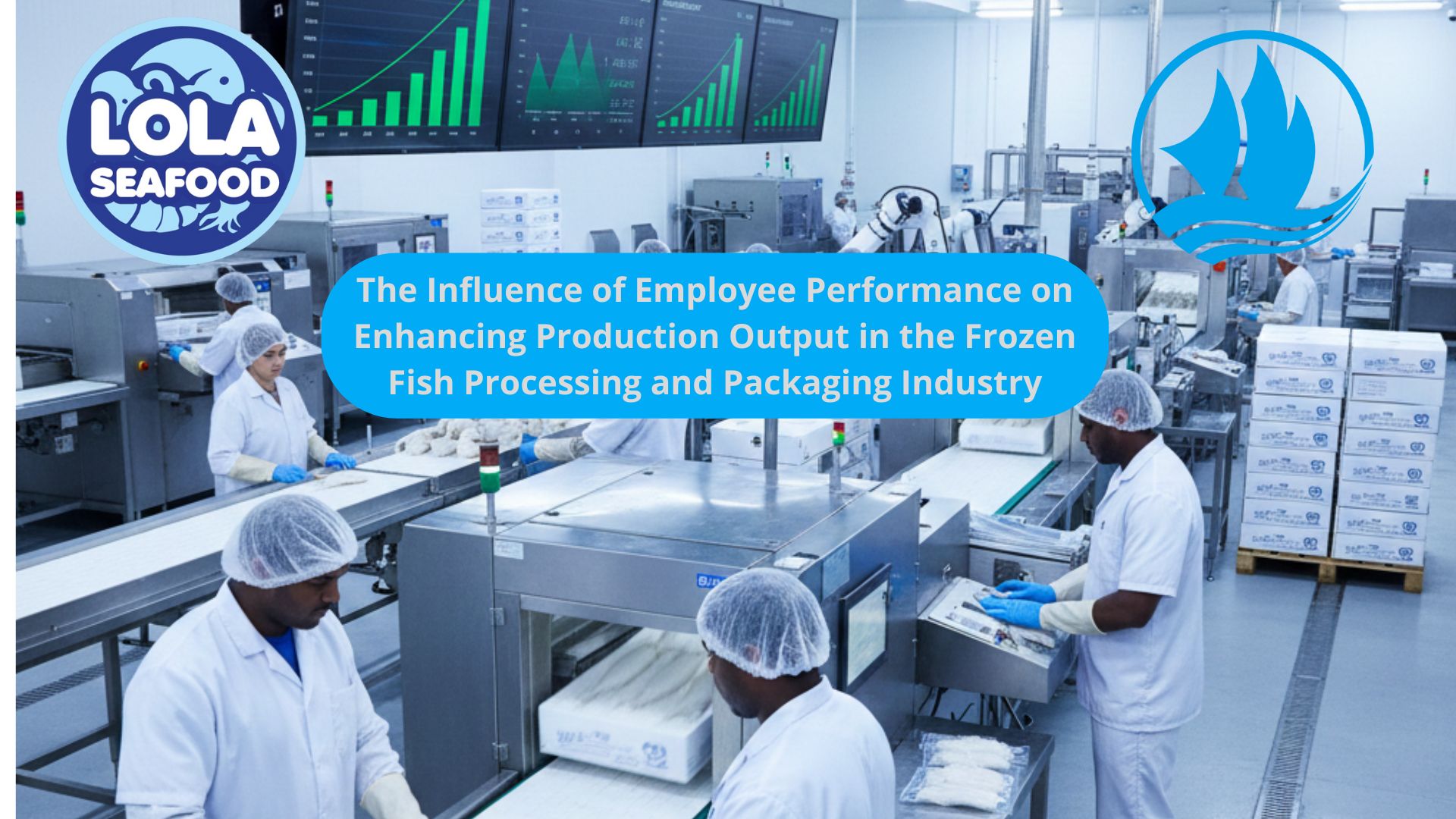

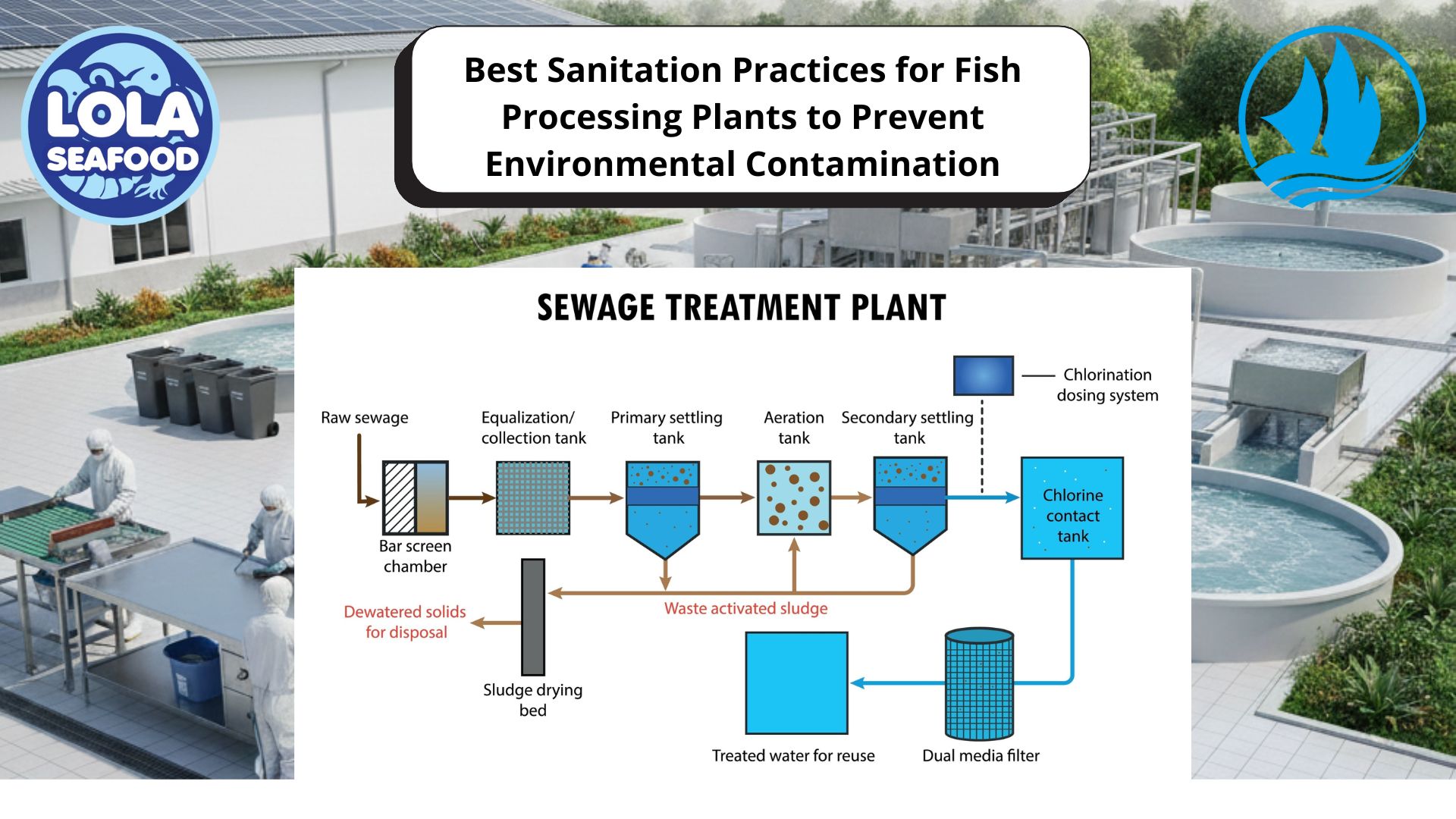
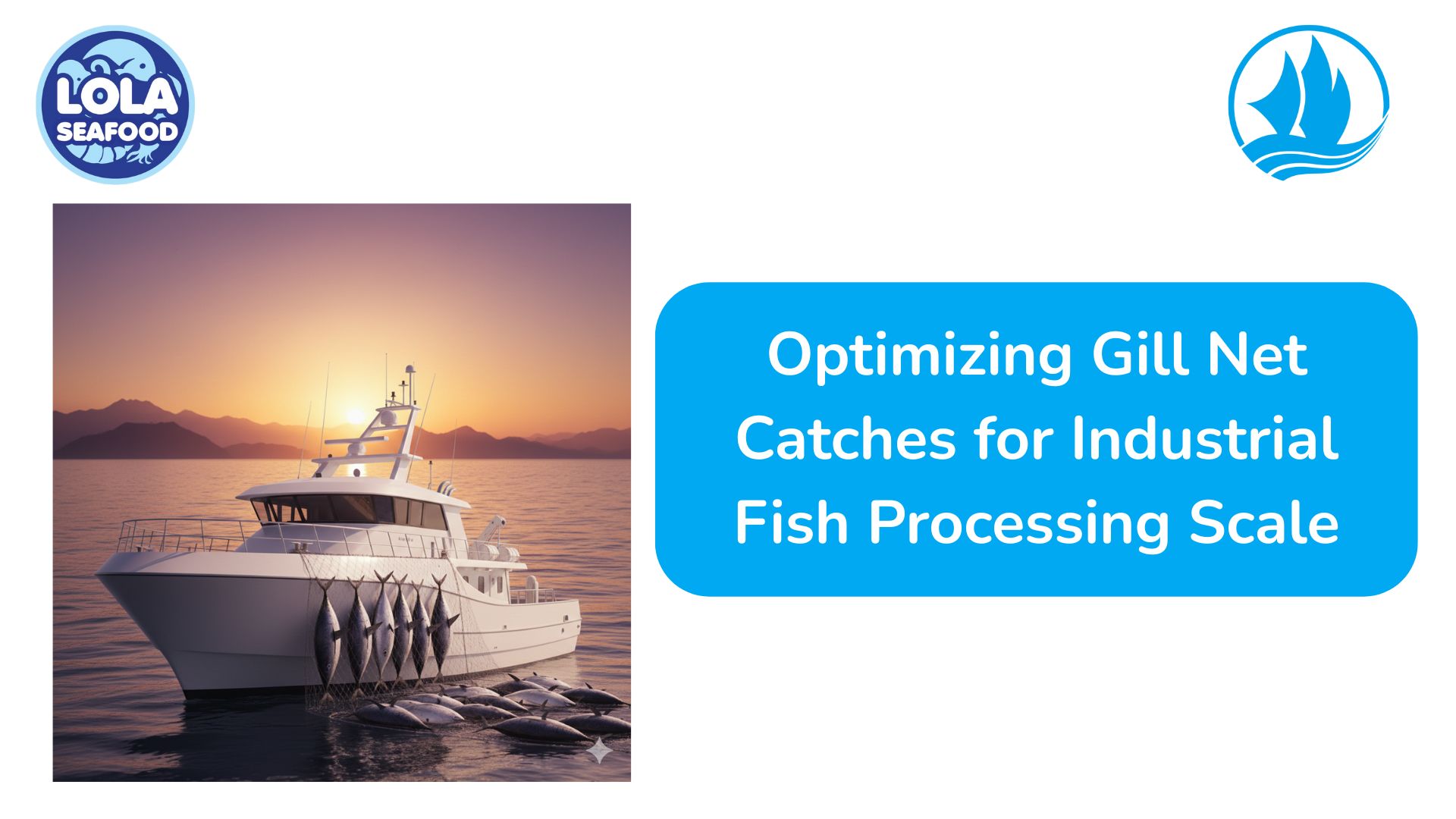
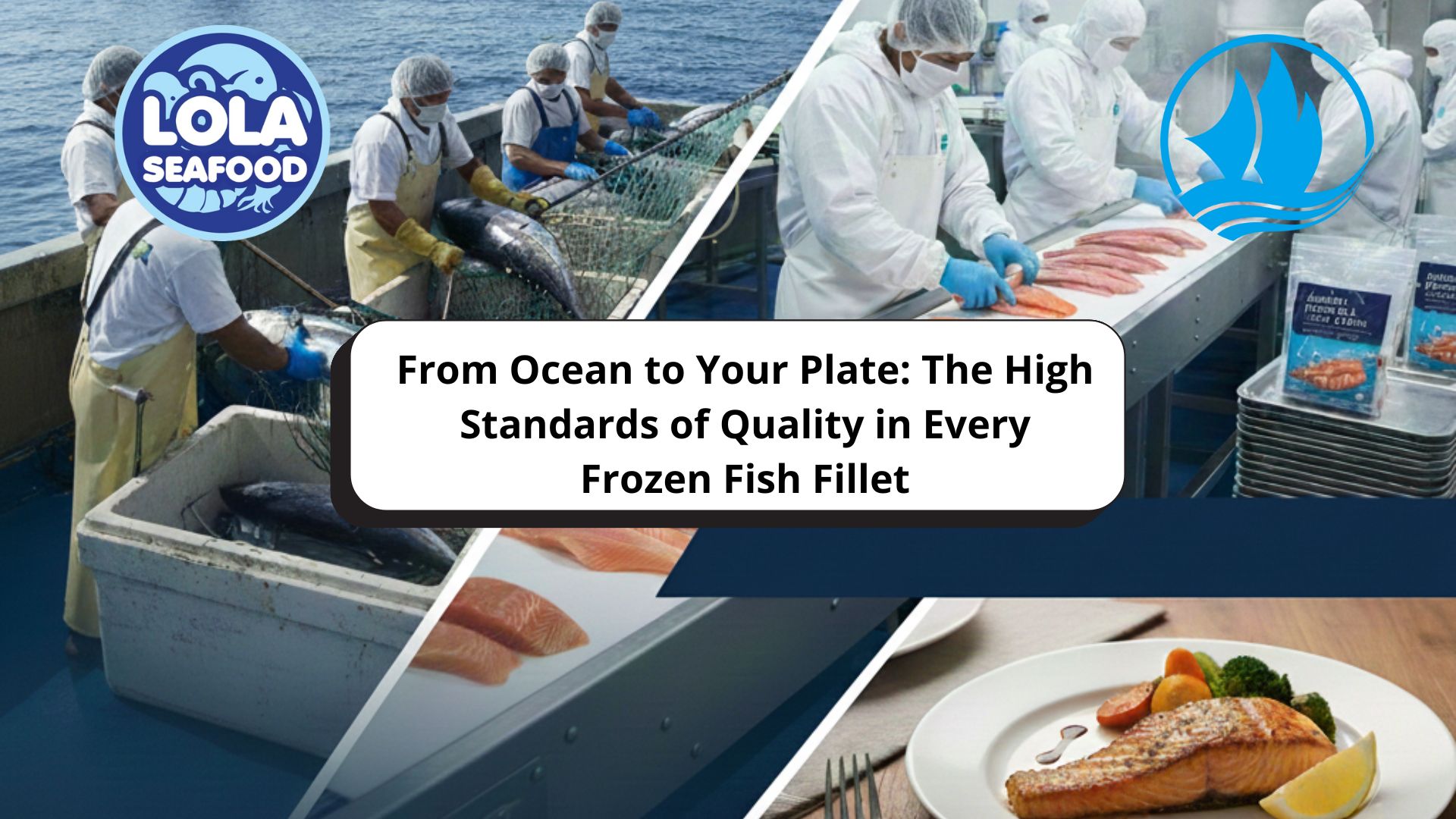

.jpg)